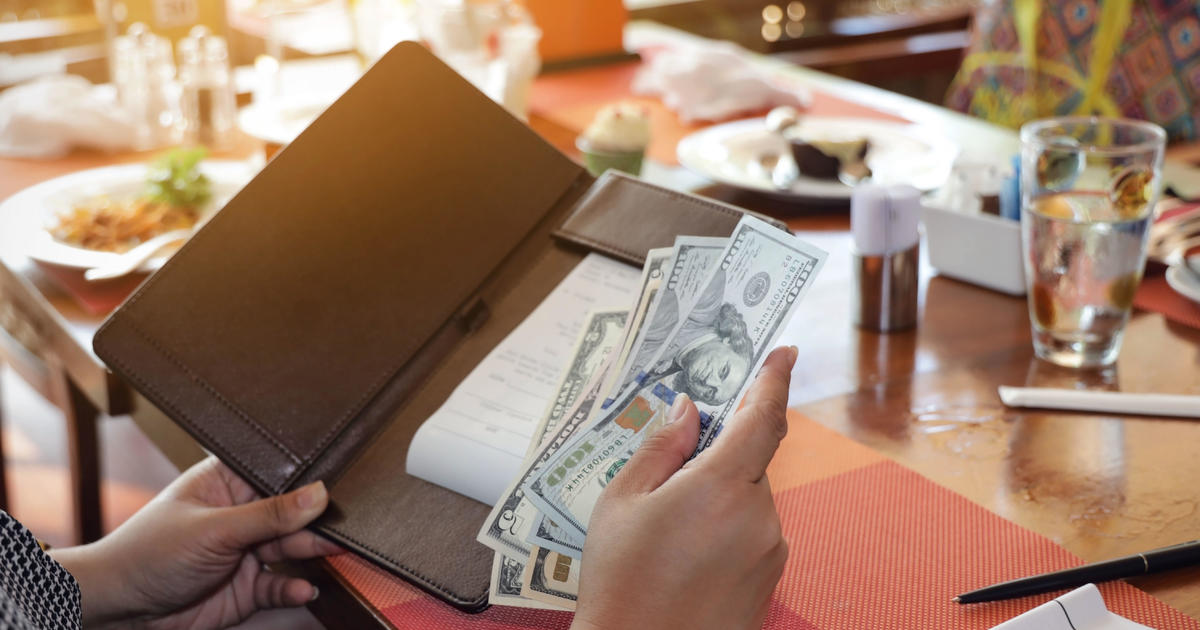U.S. food prices at 30-year high
Between groceries and restaurants, Americans are spending more of their income on food than they have in 30 years.
That's according to the latest data from the USDA, which shows that U.S. consumers spent more than 11% of their disposable income on eating — whether at home or at a restaurant — in 2022, the highest percentage since 1991.
"This is really a metric that's about the share of our disposable personal income which the USDA tracks, and which recently was at essentially a 31-year high," Jesse Newman, food reporter for the Wall Street Journal, told CBS News.
Experts say painfully high food prices, and ongoing inflation more generally, help explain why many Americans are down on the economy despite low unemployment, rising wages and steady economic growth. Inflation is expected to continue slowing this year, with the National Association for Business Economists on Monday forecasting that the Consumer Price Index (CPI) — a basket of common goods and services — will decline to an annual rate of 2.4% this year, compared with 4.1% in 2023 and 8% in 2022.
For years, the percentage of income people spent on food in the U.S. had been on the decline. That changed in 2022, when COVID-19 lockdown rules began to ease and Americans started eating out again. But the return to normal has come at a cost for those who enjoy dining out. Restaurant prices in January rose 5.1% from a year ago, according to the latest CPI data.
"Consumers are telling us that they're starting to do things like forgo treats when they go out to eat. So they'll share a meal, or they won't buy booze, or they won't buy dessert. So it's an uphill battle," Newman said.
By the end of 2023, meanwhile, consumers were paying nearly 20% more for the same basket of groceries as they were in 2021.
Restaurant and food companies point to their labor costs as a key factor driving up prices. Across the U.S., 22 states raised their minimum wages in January, even as the federal baseline pay languishes at $7.25 an hour.
"For restaurants in particular, they're dealing with minimum wage increases across the country," Newman said. For fast-food restaurants, in particular, "That's a huge part of their costs, and it's true for food manufacturers as well," she added.
Some experts and lawmakers also contend that food makers have used surging inflation as a pretext to jack up prices. President Joe Biden asserted last month that companies are "ripping people off," in part by reducing the amount of food they offer while charging the same price — a trend known informally as "shrinkflation."
- In:
- Inflation
Thanks for reading CBS NEWS.
Create your free account or log in
for more features.
